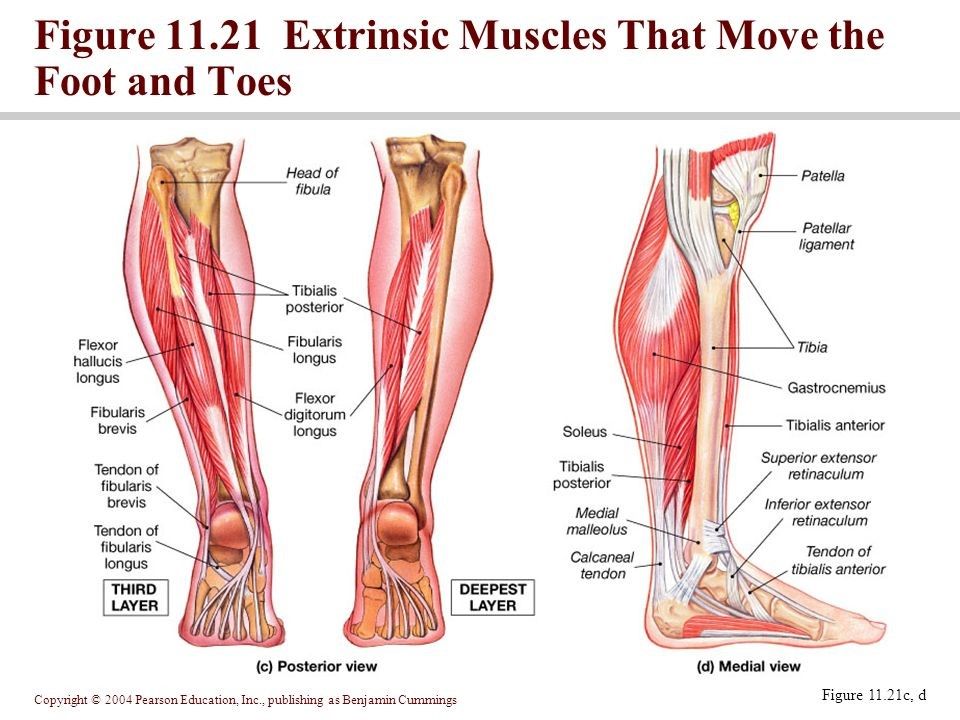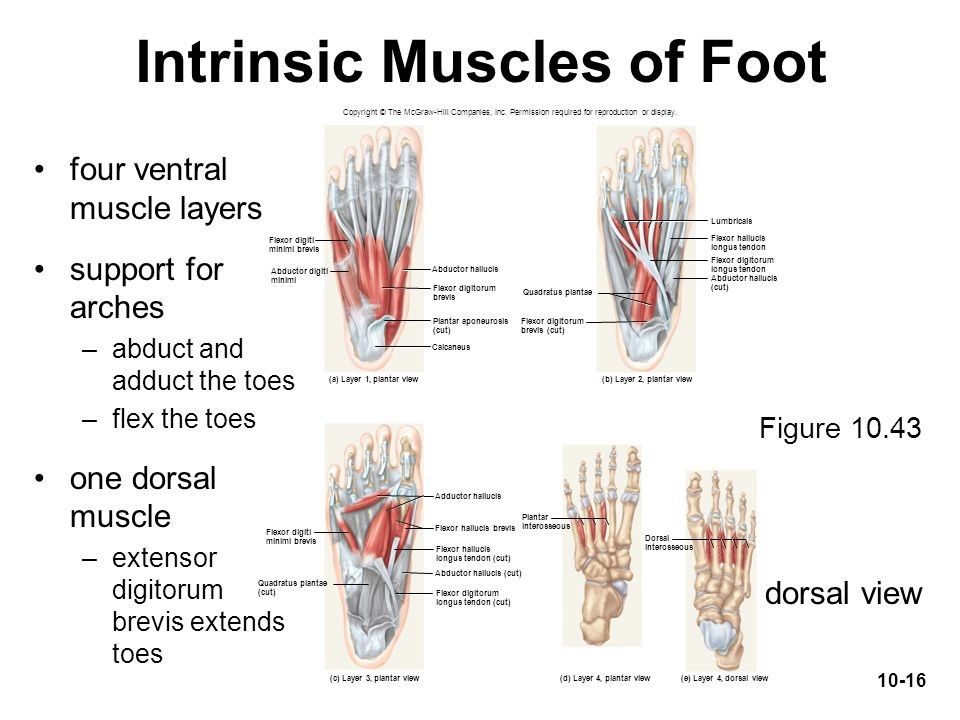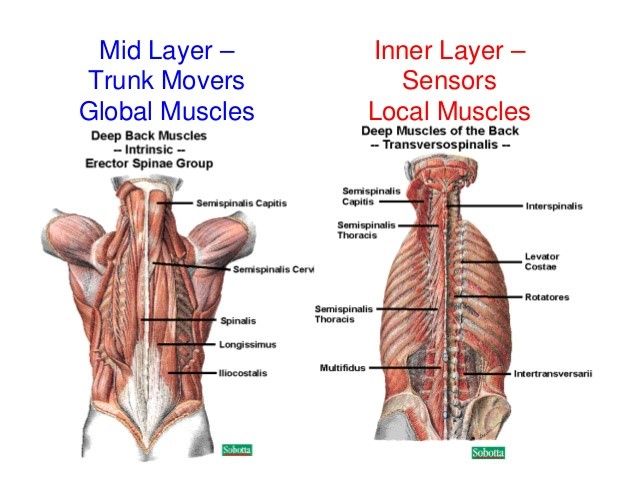"Think of the magic of the foot, comparatively small, upon which your whole weight rests. It's a miracle and dance is a celebration of that miracle." Martha Graham
Isn't it fascinating that 26 small bones are able to carry the body weight of a human being? Often taken for granted, the coordination and integrated strength of the human foot has evolved to allow miracles in movement.
As a Functional Podiatrist and health and fitness professional, I have dedicated my career to helping others find beauty in movement through the science of barefoot stimulation and foot core integration. Daily foot strengthening is one of the most effective means for preventing foot pain and for ensuring optimal energy transfer with each step.
What follows are several foot-strengthening exercises targeted toward building the foot’s “core.” But first, a quick review of some key concepts related to the feet:
1. Extrinsic vs. Intrinsic Muscles
The foot and ankle feature two classifications of muscles: extrinsic and intrinsic. The extrinsic foot muscles originate outside of the foot, but insert within the foot (Figure 1). There are 12 (and sometimes 13) extrinsic muscles of the foot, which can be divided into compartments of the lower leg. It is their coordinated muscle contractions that create tension and stiffness during dynamic movement.

Conversely, the intrinsic foot muscles both originate and insert within the foot (Figure 2). There are 12 intrinsic muscles, two on the top of the foot and 10 in the plantar aspect of the foot. Like the extrinsic muscles, the intrinsic muscles are grouped into compartments, which allows for the dissipation of impact forces and foot stability.

When it comes to foot-focused exercises, anything that creates movement of the ankle, subtalar joint or toes is an extrinsic exercise, while exercises that focus on stiffness and tension target the intrinsic muscles.
A calf raise, for example, is an extrinsic exercise because there is movement at both the ankle and toes. Conversely, the short foot exercise (described below) is an intrinsic exercise that focuses on foot-tension. Functionally it is important to strengthen both groups of muscles, as both groups are involved in an exercise or movement, and the order of their involvement is important. This is referred to as intermuscular coordination and is the secret to optimal foot function and foot-core stabilization.
2. Local vs. Global Stabilizers of the Core
The body’s core can be broken down into two different classifications of stabilizers – local stabilizers and global stabilizers (Figure 3). Local stabilizers are deeper core muscles that contract isometrically to create stiffness and contain a high concentration of proprioceptors. These could be compared to the intrinsic muscles of the feet.

Conversely, the global stabilizers are more superficial and function to decelerate movement through eccentric contractions. Like the extrinsic foot muscles, the global stabilizers should follow the intrinsic or local stabilization activation and carry the same intermuscular coordination as the feet.
This local-then-global activation is similar to the intrinsic-then-extrinsic activation of the foot.
3. Focused Intrinsic Activation
The short foot exercise [click for video demonstration] targets the abductor halluces, which is an intrinsic muscle. The abductor halluces originates on the medial aspect of the heel (calcaneus), runs the length of the medial arch and inserts on the side of the big toe (proximal phalynx). Functionally this muscle:
- Abducts the hallux
- Lifts the medial arch (navicular bone)
- Inverts (stabilizes) the subtalar joint
- Creates a coordinated contraction in the deep core
The short foot exercise can be performed as a foot activation exercise or integrated into many other closed-chain exercises including squats, lunges and step-ups.
4. Foot Intrinsic Extrinsic Coordination
During all dynamic movement, the feet function through the coordination of intrinsic-then-extrinsic activation. Therefore, exercises should integrate this same concept. The short foot heel raise [click for video demonstration] is one example of a coordinated foot exercise.
To make this exercise even more functional, however, requires integrating the feet with the rest of the body, specifically the core.
5. Foot-to-core Integration
To truly be functional, it is necessary to integrate the foot’s core strength with the body’s core strength. This is done through the coordination of the breath [click for video demonstration] with each foot activation.
Conclusion
Whether your client is an avid barefoot mover or new to foot fitness, foot strengthening must always return to function. The feet are the body’s foundation and connected to the body’s center of gravity, the core.
An individual’s ability to integrate intrinsic foot strengthening into core stabilization ultimately is the goal during any closed-chain exercise. The integration of the exercises described here can easily be applied into any client’s movement prep at the beginning of the session or throughout each closed-chain exercise.
Learn more about how to strengthen the feet in the course Feet, Fascia and Functional Movement.




 by
by 





 by
by